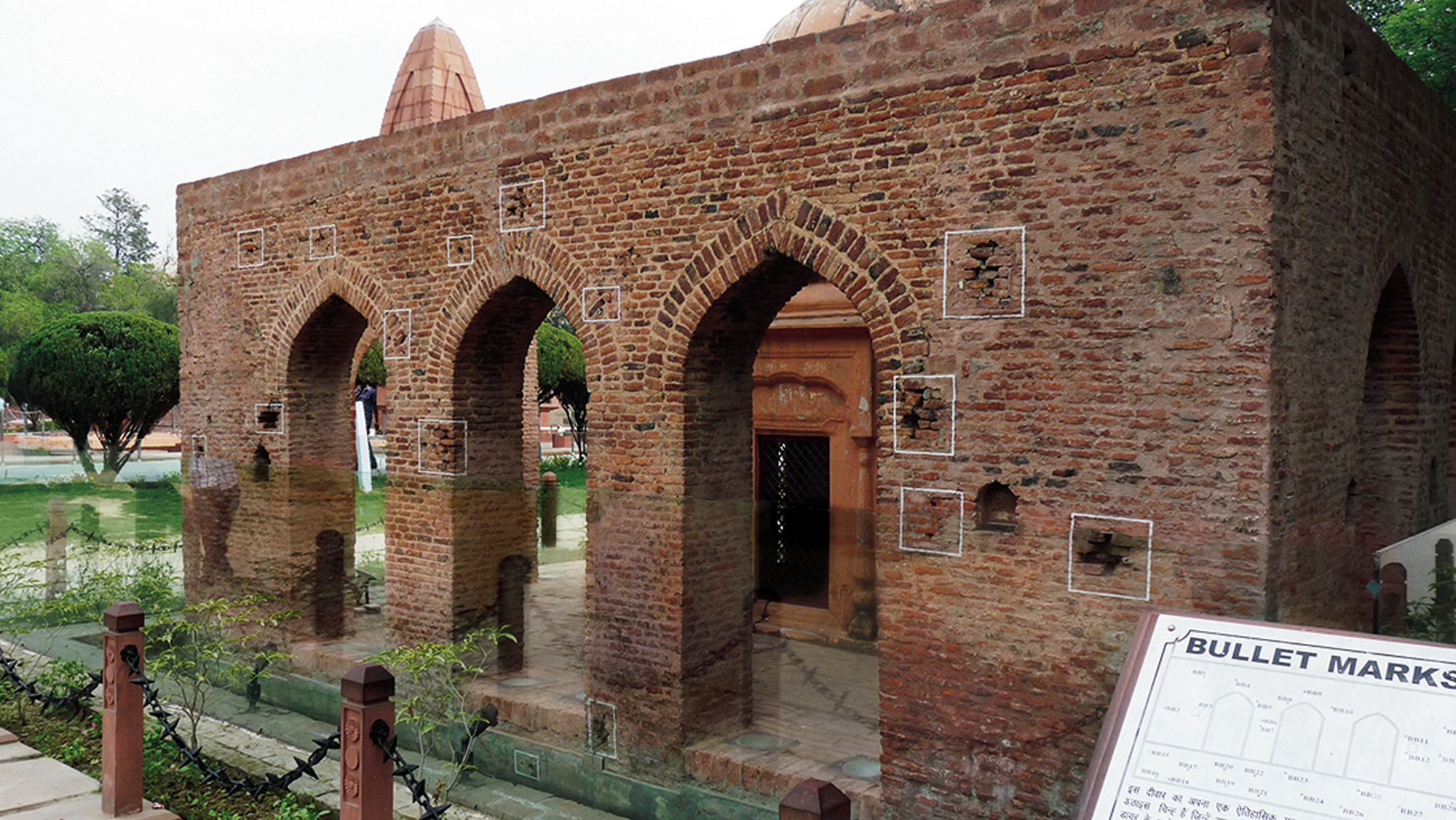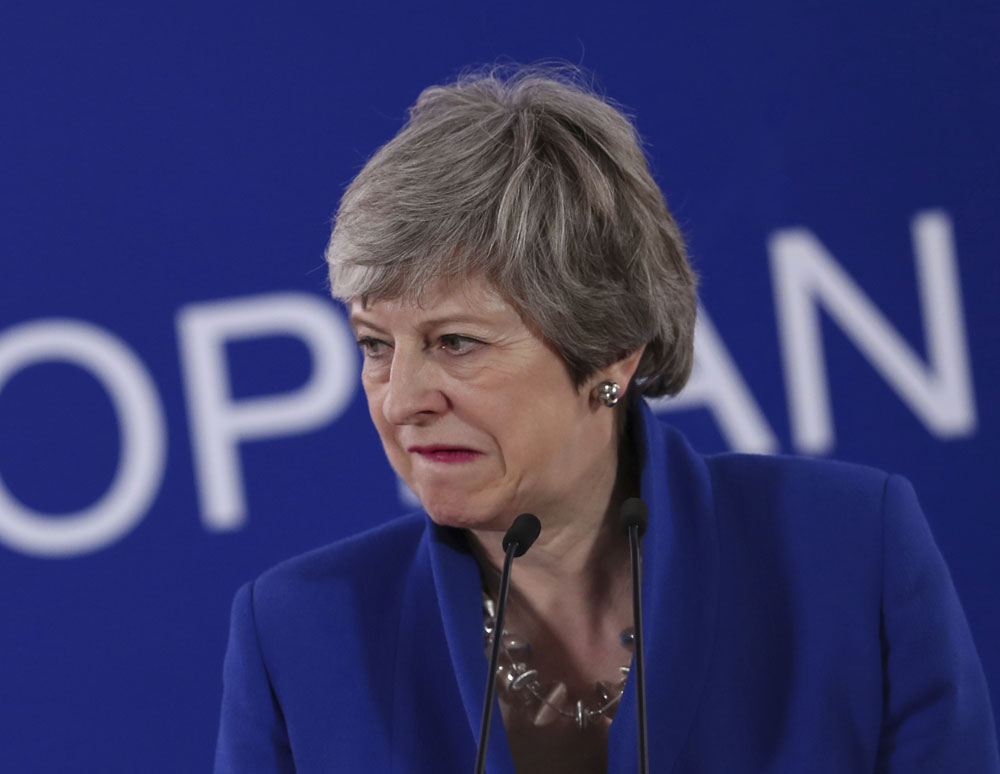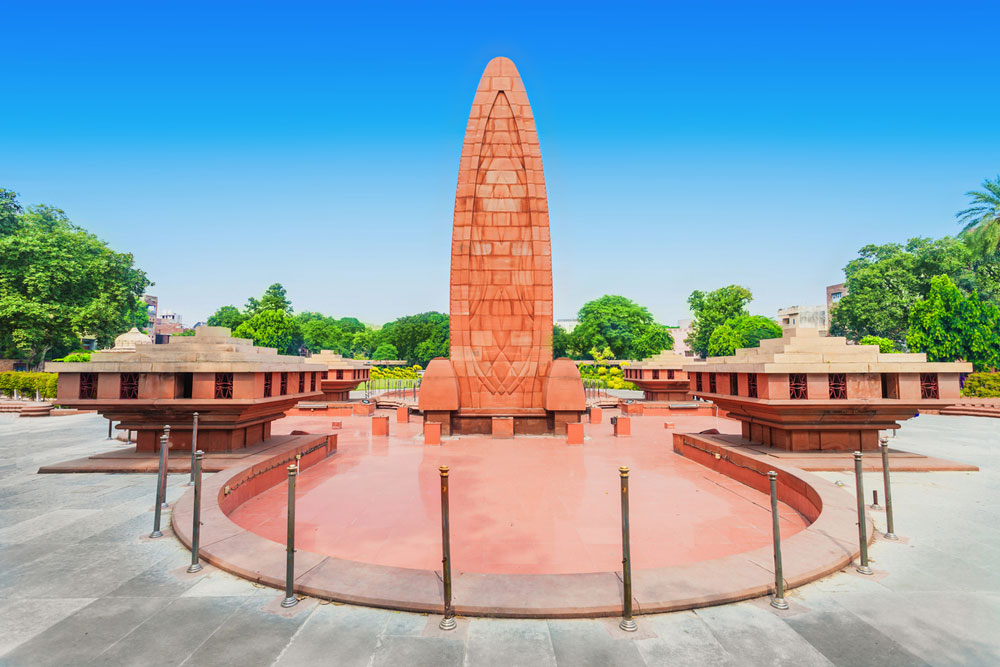On April 13, 1919 — exactly a hundred years ago — a British brigadier-general named Reginald Dyer ordered his troops to fire on a crowd gathered in a place called Jallianwala Bagh, not far from the Golden Temple in Amritsar. Close to five hundred people were killed in the firing. Folklore has magnified the figure to a thousand, and more. But a few hundred was, and is, awful enough, since those who were shot at were unarmed and utterly peaceful. Dyer’s madness was enabled and compounded by the actions of the authoritarian lieutenant-governor of Punjab, Michael O’Dwyer.
The massacre at Jallianwala Bagh has a special place in the history of British imperialism, and of Indian nationalism too. The centenary has witnessed a veritable deluge of books on the subject, some solemn and scholarly, others evocative and literary. One which partakes of both categories is a volume called Martyrdom to Freedom: 100 Years of Jallianwala Bagh. It has been put together by Rajesh Ramachandran, who is currently the editor of Punjab’s oldest and (dare I say) most honourable newspaper, The Tribune.
The first part of Martyrdom to Freedom contains essays by scholars (this writer included) especially commissioned for the volume. The centrepiece here is an interview of the veteran historian of modern Punjab, V.N. Datta, by his daughter Nonica Datta, who is a fine and widely published scholar herself. V.N. Datta was born in Amritsar a few years after the massacre. He grew up ten minutes from the Bagh, which, he points out, was in April 1919 a dumping ground and not a garden. In the fullness of time, Datta was to become the pre-eminent chronicler of the tragedy. In this interview, he remarks: “You have to think of the circumstances which led to Dyer’s action. After the victory in the First World War, British confidence was at its peak and they were emboldened to act as they pleased.” Datta continues: “Remember, Dyer had already dispersed a riot in Delhi and his training at the North West Frontier came in handy… [In Jallianwala Bagh] Dyer was directing these troops up and down, straight, right and left, near the well. He knew what he was doing.”
V.N. Datta explains how the incident was, as it were, the ‘tipping point’ after which British rule in India could no longer be seen as legitimate. Thus, following Jallianwala Bagh, “Indians recognized that racism could not be tolerated at any cost and that Dyerism and O’Dwyerism must go. They had no place in civilized society. The massacre paved the way for the ultimate downfall of the British Empire. Instead, the new leadership by Gandhi appeared on the national scene”. Or, as V.N. Datta’s own father, a poet, put it, after the massacre Indians knew what was good and what was bad, and were no more willing to be yes-men.
The second part of Martyrdom to Freedom consists of writings culled from the pages of The Tribune. In these years the newspaper was edited by a prabasi from Bengal named Kalinath Ray. A contemporary described Ray as “a short man wearing a woollen cap. His coat of Kashmir tweed had shed the greater part of its wool many years ago. It carried many a telltale mark of indiscretions resulting from absent-minded handling of fish curry, milk tumblers, rasogullas and dal bhat. His eyes were completely hidden behind thick lenses encased in an iron frame which was held in position by a cotton thread in at least three places. He was a man of few words”.
In spite of his shy manner and unprepossessing demeanour, Ray was a man of resolve and fortitude, as witness the direction he gave The Tribune in those difficult times. The newspaper’s criticisms of the State’s repressive policies so angered the Punjab government as to make it stop advertising in the paper, and even to have its editor arrested and put in prison.
The reproduction of the paper’s editorials and essays in this book make for vivid, often moving, reading. Of the obnoxious Rowlatt Act that presaged the Punjab troubles, The Tribune remarked: “With the passing of the bill the already attenuated liberties of the people cease to have any meaning and the paramountcy of the executive becomes complete.” Of the freedom-loving patriot who led the protests against this bill the newspaper observed: “Mr Gandhi, in whom, as Mr Gokhale once said, Indian humanity has reached its perfection, whose knowledge of his people is profound and who is probably the most popular — as he is easily the most saintly — of Indian leaders…”
This comment appeared on Sunday, April 6, 1919. The next Sunday was the day of the killings, about which no reports could be carried, since there was Martial Law in Punjab. After the press censorship was lifted, The Tribune closely reported the proceedings of the Hunter Commission, set up by the raj to investigate the whole sordid affair. When General Dyer appeared before the Commission, the newspaper posed five direct questions to him in its columns. Was he justified, they asked, in (i) taking no step to prevent the crowd from gathering; (ii) opening fire without warning; (iii) not stopping the firing although the crowd had started dispersing after the first shots were heard; (iv) continuing to fire until ammunition ran out and five hundred people had already been killed; (v) leaving the wounded to their fate? Alas, the Hunter Commission did not put these questions to Dyer in this same straightforward fashion. In the end, the Butcher of Amritsar was merely dismissed from service, which The Tribune regarded as “manifestly inadequate”. Meanwhile, his cruel boss, Michael O’Dwyer, got off absolutely scot-free. Little wonder that Kalinath Ray said of the Hunter report that it was merely “a whitewashing document”.
Martyrdom to Freedom reproduces some fascinating material on the Jallianwala Bagh memorial, whereby the ground sanctified by the blood of the martyrs was acquired by the Indian National Congress and made the property of the nation-in-the-making. Key roles in raising funds for the memorial were played by Pandit Madan Mohan Malaviya, Swami Shraddhanand, Dr Saifuddin Kitchlew and Mahatma Gandhi himself.
Memorials to freedom fighters are now chock-a-bloc; inaugurated by ambitious politicians whenever an election is around the corner, with the funds raised coercively from private corporations or public sector firms. This, the very first such exercise of its kind, came to fruition in a more democratic manner. The money for the Jallianwala Bagh memorial was raised from public subscription in towns in Punjab and across the country. The citizens of Ludhiana collectively contributed Rs 7,000; the citizens of Wardha, Rs 7,500; the citizens of Bombay, Rs 20,000; and the citizens of Calcutta, Rs 26,000. (These represented considerable sums of money; since the rupee was worth far, far more than what it is worth now).
Writing of this project in his own newspaper, Young India, Gandhi said “the memory of the innocent dead shall be regarded as a sacred trust, and that the surviving relations shall have the right to look to the nation for maintenance in case of need. This is the primary meaning of the memorial”. Then he added: “And has not the blood of the Mohammedan mixed with that of the Hindu? Has not the blood of the Sikh mixed with that of the Sanatanist and the Samajist? The memorial should be a national emblem of an honest and sustained effort to achieve Hindu-Muslim unity.”
This inclusive, plural, spirit that Gandhi had hoped for was shattered into smithereens in Punjab by Partition. A hundred years after the Jallianwala Bagh massacre, we may yet try to restore it, in the province of The Tribune, and beyond.













